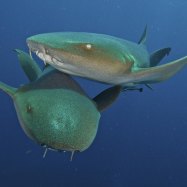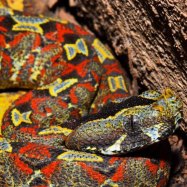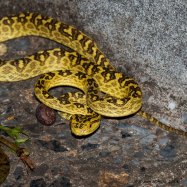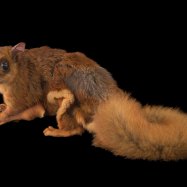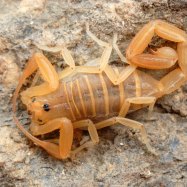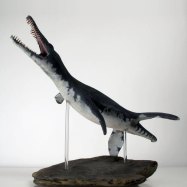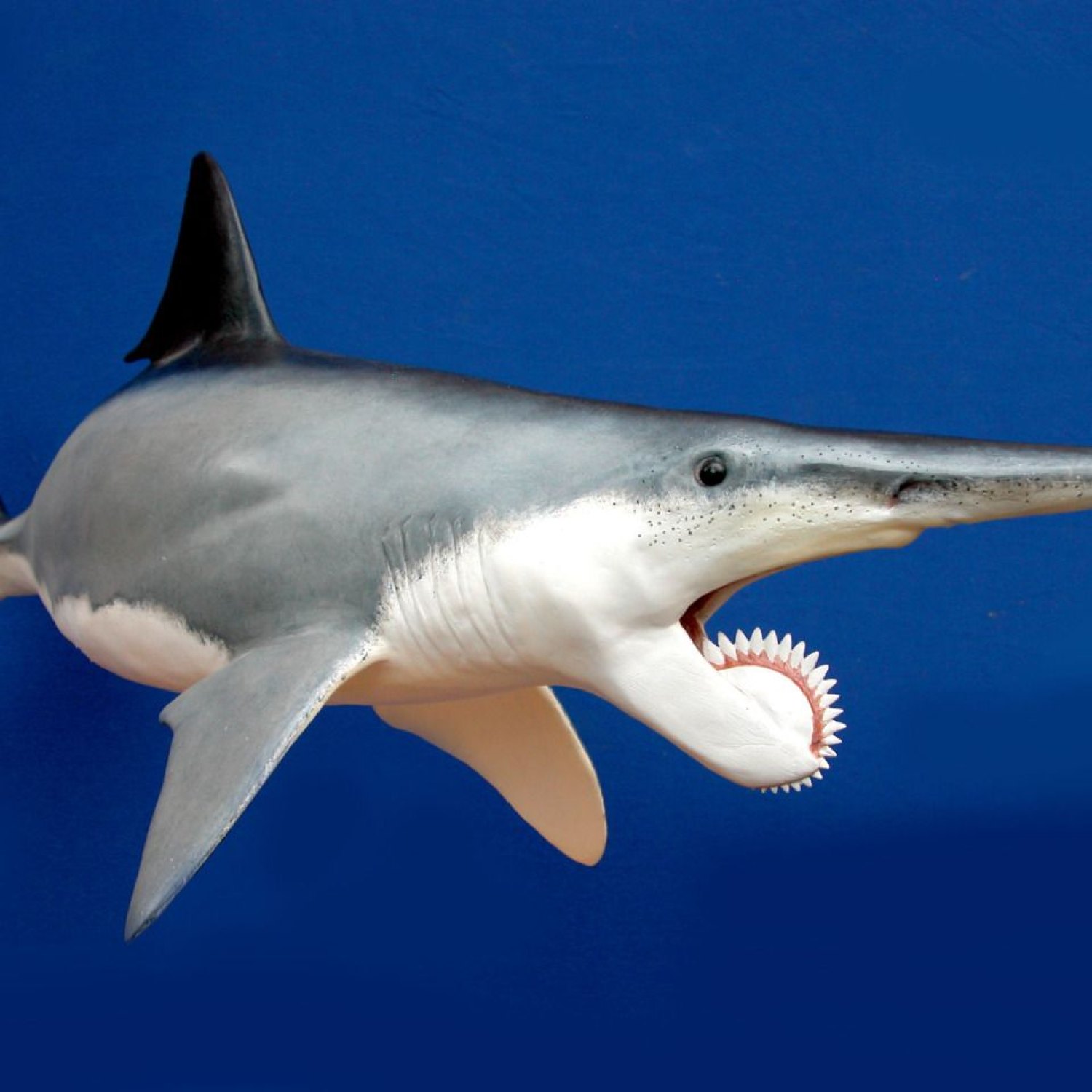
Helicoprion
Approximately 20 feet (6 meters)
The Helicoprion, a prehistoric shark-like fish with a unique spiral-shaped jaw, reached lengths of up to 20 feet or 6 meters. Belonging to the Helicoprionidae family, its body shape allowed it to swim swiftly in the ocean. Although it no longer exists, its fossils serve as a fascinating glimpse into the ancient world of marine life. #Helicoprion #prehistoricfish #aquaticlife
Animal Details Summary:
Common Name: Helicoprion
Kingdom: Animalia
Habitat: Marine
Mystery of the Helicoprion: Unraveling the Secrets of an Enigmatic Ancient Sea Creature
Deep beneath the ocean's surface, swimming among schools of fish and other marine creatures, lies a mysterious and fascinating animal – the Helicoprion. With its spiral rows of teeth and elusive nature, this ancient sea creature has captured the imaginations of scientists and the public alike.But what exactly is a Helicoprion? Where did it come from? What did it eat? In this article, we will delve into the world of this enigmatic creature, exploring its physical characteristics, its possible behaviors, and its place in the animal kingdom.
The Basics: What is a Helicoprion?
Scientifically known as Helicoprion, this creature belongs to the Chondrichthyes class, which also includes modern sharks and rays Helicoprion. It was first discovered in the 19th century, when a fossilized jaw fragment was found in Russia. However, it wasn't until the 20th century that scientists were able to piece together the entire body structure of the Helicoprion, thanks to the discovery of more complete fossils.The name "Helicoprion" is derived from the Greek words "helix," meaning spiral, and "prion," meaning saw. This is a fitting name, as the most striking feature of this animal is its spiral rows of teeth, which resemble a circular saw blade.
Helicoprion existed during the Permian and Triassic periods, approximately 290 to 250 million years ago. It is estimated to have grown up to 20 feet in length, making it one of the largest animals of its time.
Physical Characteristics
As mentioned earlier, the most recognizable feature of the Helicoprion is its spiral tooth whorl, which can measure up to three feet in diameter. The placement of these teeth has been the subject of much debate among scientists, with some proposing that they were located on the top of the jaw, while others suggest they were on the bottom.In addition to its unique teeth, the Helicoprion had a fish-like body shape, with a long, streamlined body and a large dorsal fin Huntaway. Its body was covered in thick scales, similar to those found on modern-day sharks.
Apart from these features, there is still much that scientists do not know about the physical characteristics of this ancient sea creature. Its internal anatomy, including its organs and fins, remain a mystery, as only its jaw and tooth structure have been fossilized.
The Helicoprion's Ecological Niche
One of the biggest mysteries surrounding the Helicoprion is its feeding habits. The placement of its teeth suggests that it must have been a carnivorous predator, but exactly what it ate and how it caught its prey is still a matter of speculation.One theory is that the Helicoprion's teeth were used to trap and slice through soft-bodied prey, such as squid and fish. This would have been possible thanks to the continuous replacement of its teeth, which would have maintained a sharp, saw-like edge.
Others believe that the Helicoprion may have fed on harder prey, such as shelled animals, with its teeth acting as a kind of nutcracker. Some have even proposed that the Helicoprion may have been a scavenger, feeding on the carcasses of other marine creatures.
Despite these theories, the Helicoprion's feeding habits remain a topic of debate and further research is needed to unravel this mystery.
Global Distribution and Extinction
The Helicoprion has been found in various parts of the world, including the United States, Canada, and Australia, indicating a widespread global distribution. The abundance of fossils suggests that this creature must have once played a significant role in the marine ecosystem.However, like many other species during the Permian-Triassic extinction event, the Helicoprion did not survive. This extinction event, also known as "The Great Dying," was the most catastrophic mass extinction in Earth's history. It is estimated that 96% of all marine species and 70% of terrestrial vertebrate species perished during this event.
The cause of this mass extinction is still a matter of debate, but theories include volcanic activity, climate change, and asteroid impact. Whatever the cause may have been, it is clear that the Helicoprion was unable to adapt to the changes and became another casualty of this catastrophic event.
The Helicoprion's Place in the Animal Kingdom
The classification of the Helicoprion has been a topic of debate among scientists since its discovery. Its unique features make it difficult to place in a specific order or family, and different studies have classified it as a shark, a holocephalan (a type of fish with cartilaginous skeleton), or even a completely new group of animals.Recent studies have suggested that the Helicoprion may belong to a group of extinct sharks called the Eugeneodontidae. These sharks possessed similar spiral tooth structures, indicating a close evolutionary relationship to the Helicoprion.
However, until more complete fossils are found, the Helicoprion's exact classification will remain a mystery.
The Legacy of the Helicoprion
Despite its brief existence on Earth, the Helicoprion has left a lasting impression on scientists and the public alike. Its unique and mysterious tooth structure, as well as its elusive nature, have fascinated people for centuries.In popular culture, the Helicoprion has often been portrayed as a fierce predator, with its spiral rows of teeth used as a weapon of terror. It has appeared in video games, comic books, and even as a character in the popular animated TV show "Courage the Cowardly Dog."
But perhaps the most significant legacy of the Helicoprion is its contribution to our understanding of evolution and the diversity of life on Earth. Despite its extinction, the Helicoprion serves as a reminder of the constantly changing and adapting nature of the animal kingdom.
In Conclusion
The Helicoprion may have only existed for a brief period of time, but its impact on science and popular culture is undeniable. Its mysterious and unique features continue to intrigue scientists, and its place in the animal kingdom remains a topic of debate.As we continue to study and learn more about this ancient sea creature, one thing is for sure – the Helicoprion will forever hold a special place in the world of prehistoric animals, captivating our imaginations and inspiring us to explore the wonders of Earth's past.

Helicoprion
Animal Details Helicoprion - Scientific Name: Helicoprion
- Category: Animals H
- Scientific Name: Helicoprion
- Common Name: Helicoprion
- Kingdom: Animalia
- Phylum: Chordata
- Class: Chondrichthyes
- Order: Eugeneodontiformes
- Family: Helicoprionidae
- Habitat: Marine
- Feeding Method: Carnivorous
- Geographical Distribution: Global
- Country of Origin: N/A
- Location: N/A
- Animal Coloration: N/A
- Body Shape: Fish-like
- Length: Approximately 20 feet (6 meters)
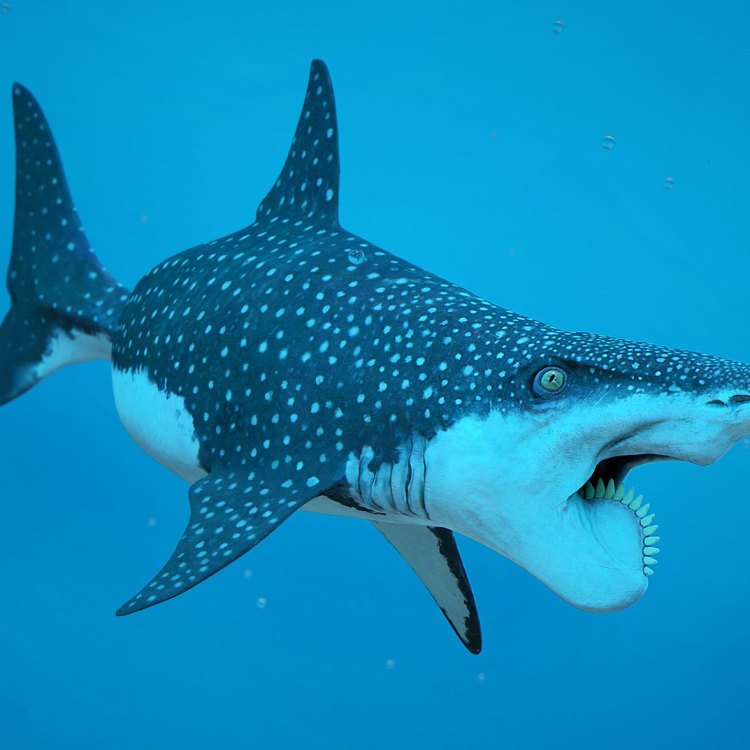
Helicoprion
- Adult Size: Large
- Average Lifespan: Unknown
- Reproduction: Internal fertilization
- Reproductive Behavior: Oviparous
- Sound or Call: N/A
- Migration Pattern: Unknown
- Social Groups: Solitary
- Behavior: Unknown
- Threats: Extinct
- Conservation Status: Extinct
- Impact on Ecosystem: N/A
- Human Use: Scientific research and education
- Distinctive Features: Spiral tooth whorl
- Interesting Facts: Helicoprion is known for its unique spiral tooth whorl.
- Predator: Unknown
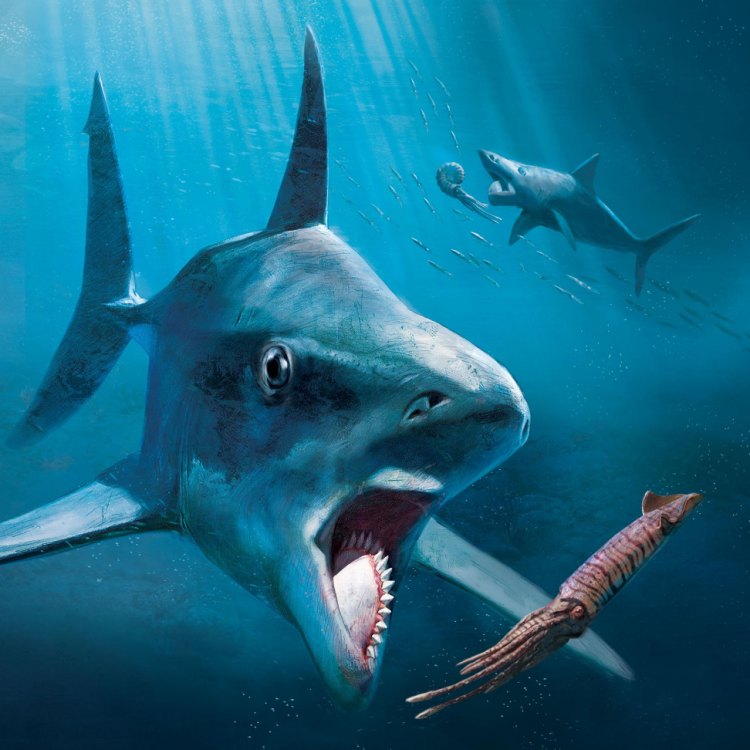
Helicoprion
The Mysterious Helicoprion: Uncovering the Secrets of an Extinct Marine Predator
In the vast, uncharted depths of the ocean, there lies a creature that continues to baffle scientists and researchers to this day – the Helicoprion. This prehistoric marine predator, which roamed the Earth's oceans over 250 million years ago, has left a curious legacy through its distinctive spiral tooth whorl. Despite being extinct, Helicoprion continues to capture our imagination and reveal insights into our planet's ancient past.Size and Lifespan
While there is much that remains unknown about Helicoprion, one thing we do know is that it was not a small creature PeaceOfAnimals.Com. Its adult size was estimated to be at least 20 feet in length, making it a formidable predator in the ocean. However, due to the fragmentary fossils found, the exact size of this creature remains a mystery.As for its lifespan, it is difficult to estimate as it is now extinct. However, given its size and position in the food chain, it is likely that Helicoprion had a long lifespan, possibly several decades.
Reproduction and Behavior
One of the most intriguing aspects of Helicoprion's biology is its reproductive behavior. Through analysis of its fossils, it has been determined that Helicoprion used internal fertilization – a rare and advanced form of reproduction. This suggests that Helicoprion had a complex reproductive system, which was not common in other marine species during that time period.Furthermore, Helicoprion was oviparous, meaning it laid eggs to reproduce. This allowed for the continuation of its species, but also made it vulnerable to environmental changes and natural predators Hammerhead Worm.
As for its behavior, little is known about Helicoprion's social groups or migration patterns. However, it is believed to have been a solitary predator, much like its modern-day counterparts.
Distinctive Features
The most striking feature of Helicoprion is its spiral tooth whorl – a unique characteristic that has baffled researchers for centuries. Unlike other animals with teeth, Helicoprion had a continuous spiral of pointed teeth that were embedded in its lower jaw. This was likely an adaptation for catching and holding onto its prey, making it a formidable hunter in the ocean.It is estimated that there were about 200 teeth in the Helicoprion's tooth whorl. As the tooth reached the end of the spiral, it would break off and be replaced by a new one, allowing for a continuous spiral of teeth throughout its lifespan.
Threats and Conservation Status
Despite being an apex predator in its time, Helicoprion is now classified as extinct. The exact cause of its extinction is still unknown, but geological evidence suggests that it may have been a victim of shifting ecosystems and environmental changes.Today, there are no known threats to Helicoprion as it has not existed for millions of years. It holds the rare distinction of being an extinct species that does not face any current conservation concerns.
Impact on Ecosystem
Due to the limited knowledge about Helicoprion, it is difficult to determine its specific impact on the ecosystem. However, as an apex predator, it is likely that Helicoprion played a crucial role in regulating the balance of ocean populations during its time. Its extinction could have potentially led to a shift in the food chain, causing ripple effects throughout the marine ecosystem.Human Use
Despite being extinct, Helicoprion continues to capture our curiosity and has been the subject of numerous scientific studies and research. By studying its fossils and piecing together its biology, researchers have gained valuable insights into the ancient marine ecosystem of the Earth.In addition, Helicoprion has also become an important educational tool, as its unique tooth whorl has become a popular subject in museums and textbooks. Its spiral teeth have even inspired artists and writers, making its legacy truly timeless.
Interesting Facts
Aside from its distinctive tooth whorl, Helicoprion is filled with intriguing facts that continue to fascinate researchers and the general public alike. For instance, its name comes from the Greek words "helix" meaning spiral and "prion" meaning saw, referencing its unique tooth structure.Furthermore, in the early 20th century, it was believed that Helicoprion had its tooth whorl in its upper jaw, leading to many inaccurate depictions of the creature in popular media. It was not until the 1950s that its correct jaw placement was discovered, leading to a better understanding of its anatomy.
The Mysterious Legacy of Helicoprion
The extinction of Helicoprion may remain a mystery, but its unique features and intriguing biology continue to captivate our interest and provide valuable insights into the Earth's ancient past. As we continue to uncover more about this enigmatic marine predator, one thing is for sure – Helicoprion will continue to be a source of wonder and fascination for generations to come.

Mystery of the Helicoprion: Unraveling the Secrets of an Enigmatic Ancient Sea Creature
Disclaimer: The content provided is for informational purposes only. We cannot guarantee the accuracy of the information on this page 100%. All information provided here may change without prior notice.



